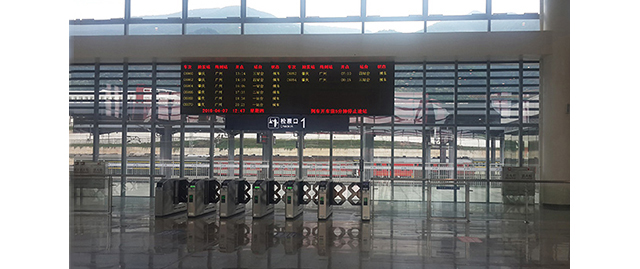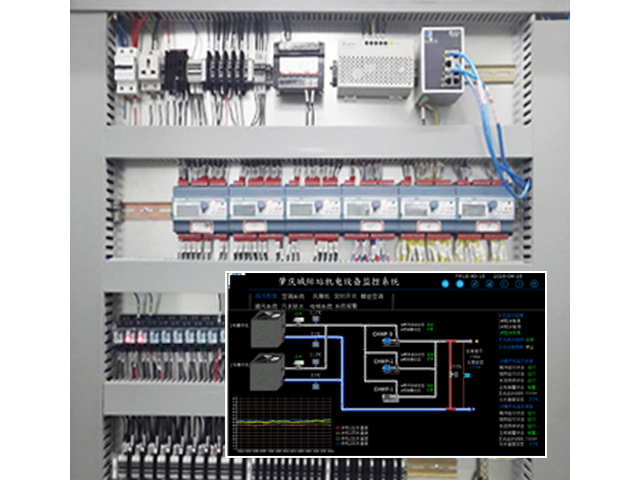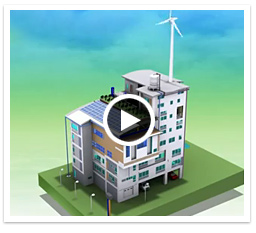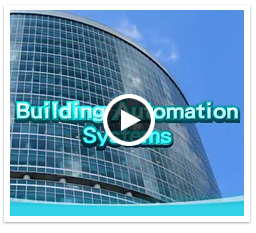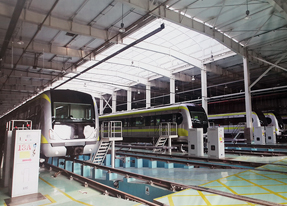 It is not unusual to see a control system that is as diverse and, at the same time, as complex as that of a railway station. The key to success for a modern railway station more often than not will lie in its successful introduction of an automated management and control solution. This type of solution can really solve a mountain of problems with its integration of diverse pre-existing subsystems, which are not only are ridden with divergent standards but also are inevitably burdened with skyrocketing operation costs. To remedy it all, the Delta Building Management and Control System (BMCS) provides a single complete management platform for our automation and control solution. In this solution, all subsystems can be effectively integrated at all levels, such as air conditioning, lighting, fire protection, and others. This achieves optimal maintenance and operation, while gaining maximum productivity throughout its service cycle and ample flexibility for system adaptability according to customer needs.
It is not unusual to see a control system that is as diverse and, at the same time, as complex as that of a railway station. The key to success for a modern railway station more often than not will lie in its successful introduction of an automated management and control solution. This type of solution can really solve a mountain of problems with its integration of diverse pre-existing subsystems, which are not only are ridden with divergent standards but also are inevitably burdened with skyrocketing operation costs. To remedy it all, the Delta Building Management and Control System (BMCS) provides a single complete management platform for our automation and control solution. In this solution, all subsystems can be effectively integrated at all levels, such as air conditioning, lighting, fire protection, and others. This achieves optimal maintenance and operation, while gaining maximum productivity throughout its service cycle and ample flexibility for system adaptability according to customer needs.
Background
March 30, 2016 marked the opening of the Guangfozhao Intercity Railway (a.k.a. the Guangzhou–Foshan–Zhaoqing Intercity Railway), the biggest headline event of the day. The new Zhaoqing Railway Station has become part of the intercity rail transportation network on the sprawling Pearl River Delta. Zhaoqing Railway Station, which boasts a building floor area of 13,000 square meters, rises as an eye-catching landmark of Zhaoqing City. On the other side, Zhaoqing East Station circumscribes a waiting area of 3,000 square meters, just capable of accommodating up to a total of 2,200 passengers in waiting.
The project sets up an integrated monitoring and control system to meet every requirement for the modernized Zhaoqing Railway Station. The overall monitoring and control system includes subsystems such as cooling and heating pump system, air-conditioning system, VRV, ventilation system, water supply and drainage system, elevator monitoring system, smart lighting system and so on.
Challenges
In the past, these subsystems were more or less operating independently of one another, so that staff personnel would personally visit each facility to either monitor or control a subsystem. For example, in order to adjust the station’s temperature, facility managers have to go to the roof to control the cooling and heating pump system, which is time consuming and dangerous. In addition, a station’s systems operated independently without common protocols to communicate with each other, and facilities manages had to monitor and operate each of them individually.
Or even though a building automation and management system has been in place, the monitoring interface of most systems in the market was complex and not easy to use, making the facility managers who do not possess the relevant experience feel troublesome and become reluctant to use the system. The expected benefits of implementing such a system could not get realized.
Delta Solution:
● Ultra compatibility and easy integration
Since the project must be able to smoothly integrate a diverse and complex range of subsystems already existing in the railway station, an ultra-compatible control system such as the Delta BMCS is required. The Delta BMCS features a series of automation servers with high integration capability that fully support all standard protocols and data exchange formats commonly used throughout the industry, such as: Modbus RTU, Modbus TCP/IP, BACnet MS/TP, BACnet TCP/IP, M-Bus and OPC XML-DA. The ease of maintenance and equipment replacement lowers operation and maintenance costs, tangible or intangible, for budget-sensitive premise owners, while also meeting customer’s integration demands with existing diverse subsystems.
● User-friendly design and maintenance
The automation servers that Delta BMCS has to offer are programmable controllers, capable of adding in specific I/O modules to integrate more data points for the purpose of real-time monitoring and control. Aided with automated features such as preset alarms, scheduling, and historical trends, efforts orginally spent in system management can now be spent elsewhere. The integrated display screens and jog dials on the controllers serve as convenient tools for early commissioning and, later, maintenance of the system.
● IP-based web interface enables remote monitoring and saving manpower
The Delta BMCS provides a visualized control interface, with no hassles for complicated settings, and enjoys a nicer learning curve. General staff can quickly pick it up and get started and soon find themselves using its single integrated interface to monitor and control every subsystem in the station!
The IP-based web interface functions obviate the need for personnel to pay a personal visit to the field for system operation or equipment maintenance. A remote computer can now help connect anywhere either for prior equipment commissioning, or later system monitoring and control. The multi-site monitoring and control easily cuts management costs for maximized efficiency.
● Delta’s professional advisory and training
The Delta Building Automation Solution not only provides hardware and software integration, but also offers customized system planning and consultation, based on each customer’s requirements and rendered with a distinctive local touch. As a precisely targeted outcome, an optimized solution is offered to the premise owner as a result of active and intensive communication with our contractors and third-party suppliers. In addition, Delta will provide more than adequate education and training to ensure best user knowledge for maintenance and operation personnel. Each user knows what she or he should know and how she or he should use the system, adding even more substantial benefits into the system.
